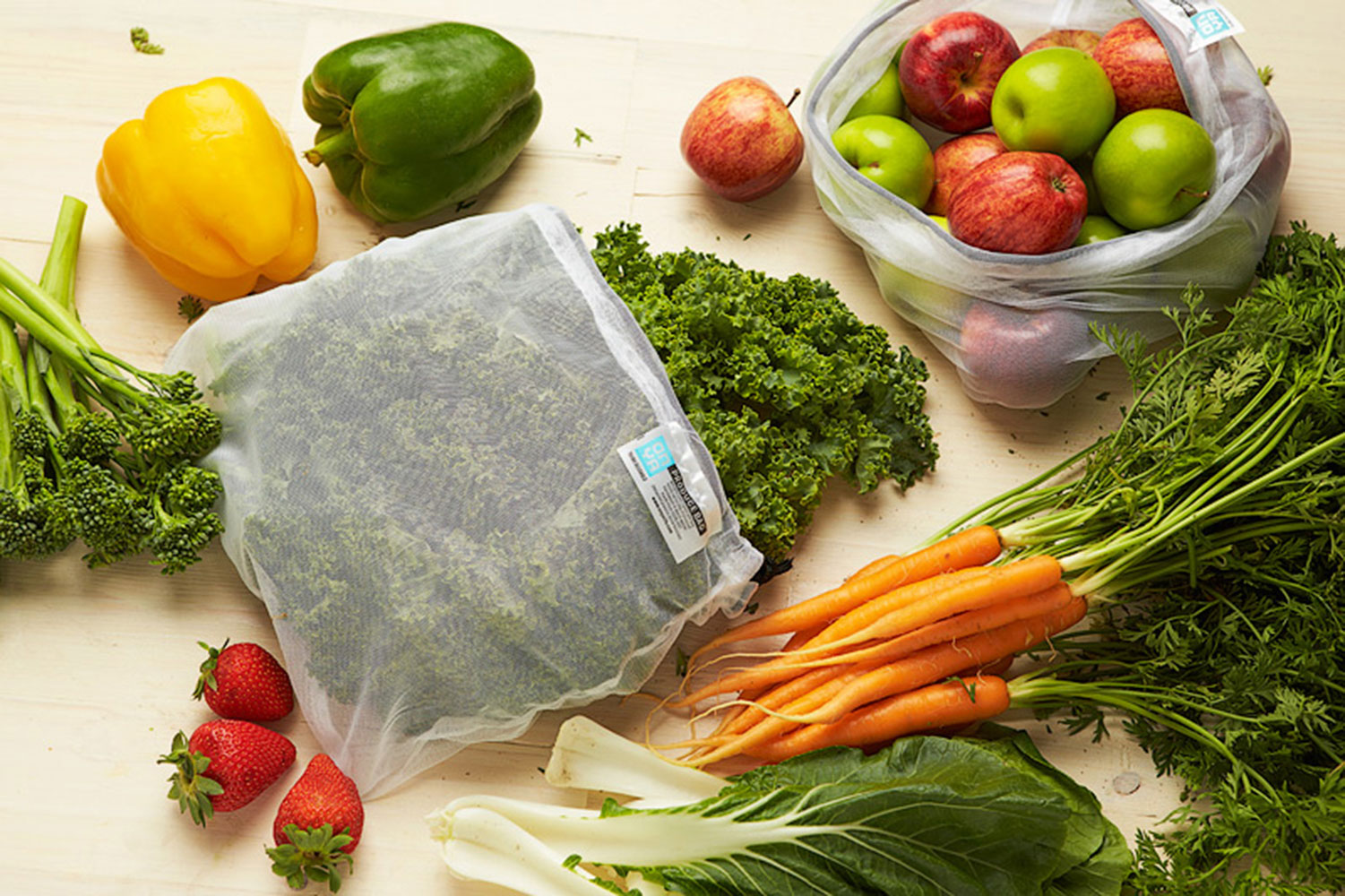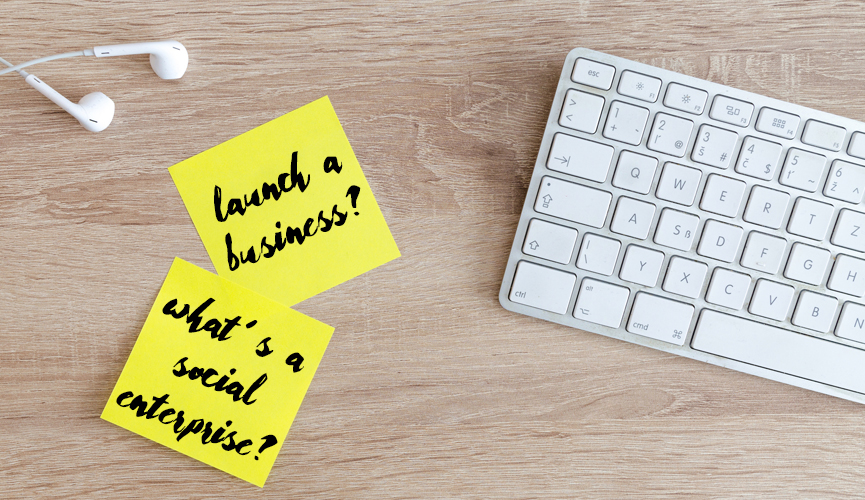…more people have a mobile phone than a toilet.
Lack of access to clean water spreads disease in communities. It is the main obstacle between billions of people and their health, safety, and opportunity for a better life. The impacts from lack of access to clean water go beyond immediate health and sanitary issues, affecting almost every facet of our lives ranging from schooling and education to safety for young girls. For example, in India, where water is collected primarily by women and young girls, and with so many hours spent on water collection, girls are often unable to attend school, denying them the right to an education and a better life. They are also at an elevated risk of violence against them as they travel to remote rural areas for water, making them more vulnerable to rape etc. The list of issues at hand is endless. Lack of water thus makes education and economic prosperity hard to achieve. The lack of access to safe water is a major obstacle to developing nations becoming economically empowered.
It is important to stress that the global water crisis is not just a product of living in water-scarce or over-populated areas. It is indeed, argued by many scholars and activists alike, more a product of poverty and inequality, and not just a lack of physical availability. Simply put it is not a problem of water shortage crisis but one of management of this precious resource(3). Where water has been commoditized by multi-national corporations, poor local communities have lost access to their own water supplies. When privatisation policies encouraged by the likes of the World Bank have aimed at increasing efficiency, removal of subsidies etc., the poor have been locked out of accessing safe clean water. This is not just a poverty problem in developing countries. It is also prevalent in the poorest areas of the US (case in point, Detroit).
To bring light to such basic, critical issues, in September 2015, heads of states from around the world adopted the 2030 Agenda for Sustainable Development, an ambitious “plan of action for people, planet and prosperity”, with 17 Sustainable Development Goals (SDGs) hoping to “transforming our world”. SDG 6 was dedicated to Water and Sanitation.

So what is being done now and where do we stand?
The United Nations has declared that safe, drinkable water is a basic human right in the UN Resolution in 2010 (and so has Pope Francis). Nevertheless, till today, it has not been passed as mandatory for governments by the UN Security Council.
Still, the Resolution has placed the issue right in the forefront for the private sector, policy makers and businesses alike. Organisations and governments have no choice but to take note. For so many decades now, multinationals and companies have taken advantage of low-cost water where they operate, without having to be accountable to the local communities for their commercial water use. However, many companies are increasingly recognising that resources and their long-term sustainability is essential to the longevity of their businesses.
Big companies like Marks & Spencer and multinationals such as Unilever and Nestle have made resource efficiency a top priority. These and other socially responsible companies are ensuring they minimize negative impacts on water tables where they operate and are tracking their global supply chains closely.
For example, after the debacle Coca-Cola had in India, it has had no choice but to make water sustainability a top business priority. In some districts of India, Coca-Cola and its subsidiaries were accused of creating severe water shortages for the community by extracting large quantities of water for their factories. This left very little and poor quality water for the communities. Since then Coca-Cola has admitted its responsibility and in 2007 made a commitment to reduce its overall water consumption, recycle water resources and replenish water in communities and nature.

What about Singapore?
For those of us living in Singapore, we have seen earlier this year the Finance Minister Heng Swee Keat announced that water prices will increased by 30 per cent in the next two years, with the first increase to start in July(4). This can be seen as a move to include the increasing cost of supplying potable water as the country invests more inits desalination plants and NEWater production. Most of us have heard about this NEWwater, in case you are wondering, this is water that has been treated and reclaimed from used water, to encourage resource efficiency. Although potable, NEWater is mostly used on industrial estates, manufacturing plants and commercial buildings.
It is also a move towards better management of the pricing of water, which factors in not just the scarcity aspect, but also the operational and management costs of this precious resource. Because of Singapore’s increased use and demand for water, it is increasing its reliance on desalination plants. Desalination plants can be seen as a magic solution by many – we suddenly have access to salt water that was previously not useable. However, desalination (simply put, removal of salt from sea water to make it into a useable form, and the concentrated water is put back in the sea) addresses the immediate water shortage issue. But in the long term, it may contribute to other environmental problems including through increased energy use and greenhouse gas emissions, and through marine ecosystem impacts from hyper-saline waste flows back into the sea.

How will all of this impact us?
With escalating climate-change related problems and overpopulation placing more stress on our planet, how will all of this impact us? How can we know where the main water wastage of our households is? One area to look at is food wastage. Wasting food unnecessarily represents a direct waste of precious water resources(5). When you throw away an apple that is too ripe for you to eat, you are also tossing in the bin the gallons of water it took to produce, package and transport it. The water footprint(6) of the steak that you may have for dinner tonight includes water that’s used to grow the cows feed, maintain the farm as well as drinking water for the animal. Keep in mind the impact that imported food products can have on their countries of origin. The solution, if I may try to simplify, is to conserve, respect and use less, not create more for our use.
Top five things can you do this World Water Day?
- Educate yourself, make yourself aware of the water issues around you, know the footprint of your activities and household (yes, google it!).
- Learn how not to waste water (this year’s theme) – use the half-flush function on toilets, take shorter showers, carry your own water bottle and use your common sense with how you interact and use the water in your own home.
- Never underestimate the power of your actions to change the world and our situation.
- Help fund a water project, there are so many UN initiatives out there. For less than 25 dollars, you can help fund a simple solution to get water to under privileged areas in Africa, Peru, Philippines, Ghana etc.
- Get involved and join the water movement. As Guy Ryder, Chair of UN-Water says:
“Do what you can, do it with others and do it with passion”.
For more sustainability features:
- Sustainability for Ordinary People
- Fashion – Slow it Down and Make it Sustainable
- Reduce Plastics with These Awesome Reusable Produce Bags
- Takeaway Coffee Cups are not Recyclable?
- Meatless Mondays Make Absolute Sense!
- Consuming Consciously – Six Tips to Get You Started
For another article about water, check out our findings in Flavour Notes: A Taste Test of Water. Our panel of tasters blind tasted bottled waters against Nordaq Fresh, a more sustainable option for fine dining establishments that also rated higher on flavour. They saw how it affected the taste of food, wine and coffee.
(1) http://www.worldwaterday.org/
(2) World Health Organization and UNICEF Joint Monitoring Programme (JMP). (2015) Progress on Drinking Water and Sanitation, 2015 Update and MDG Assessment.
(3) 2006 United Nations Human Development Report, 2006, p.2
(4) For those interested, Potable water is currently priced S$2.15 per cubic m, before GST and the figure will reach S$2.74 in 2018 with the full price increase.
(5) Look at WWF and WRAP’s Report on ‘The water and carbon footprint of household food and drink waste in the UK’
(6) The water footprint of a product is defined as the volume of freshwater used to produce the product, measured over the full supply chain.
(7) http://waterfootprint.org/media/downloads/Water-and-carbon-footprint-food-and-drink-waste-UK-2011_1.pdf
#WorldWaterDay




